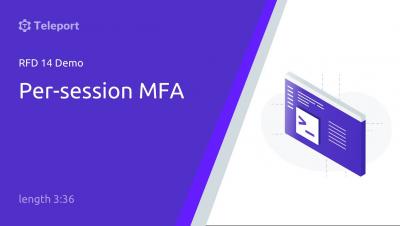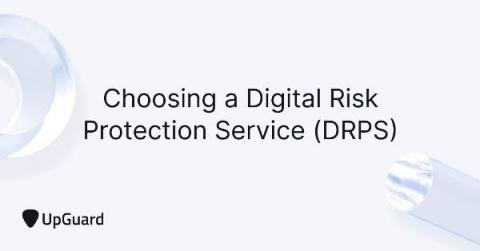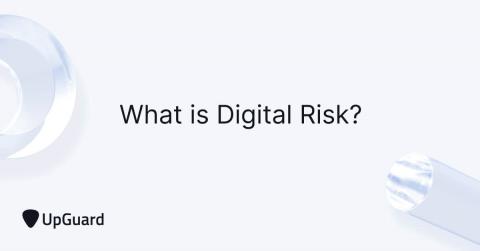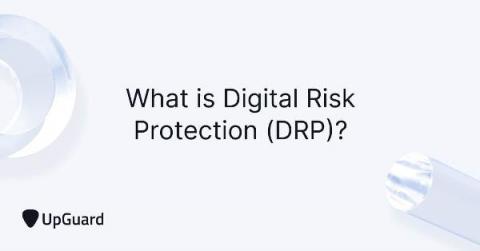What is an SMB Port? How to check for open ports 445 and 139? SMB versions explained.
SMB stands for Server Message Block, once known as Common Internet File System, is a communication protocol for providing shared access between systems on a network. At a high level, it is a set of rules adopted to share files, printers in a network. SMB is a file sharing protocol that involves computers communicating with each other in a local network. This local network could be a small business within the same office or a multi-national company with offices around the globe connected to each other.











